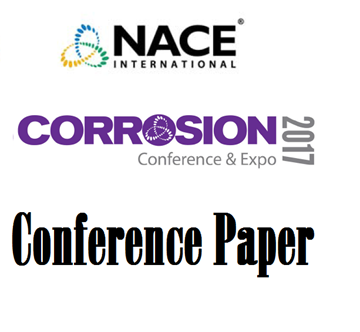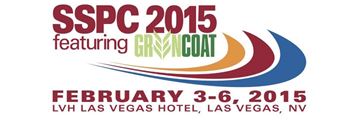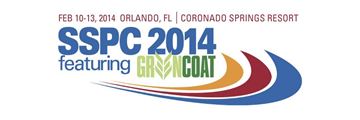Search
Products tagged with 'training'
View as
Sort by
Display
per page
51317--9494-Considerations for Repairing Live Piping Using Engineered Composite Repair Systems
Product Number:
51317--9494-SG
ISBN:
9494 2017 CP
Publication Date:
2017
$20.00
Breathing the Fresh Air of Compliance: Establishing an OSHA Compliant Respiratory Protection Program
Product Number:
41215-880-SG
Publication Date:
2015
$20.00
Building a Case for Commercial Contractor and Applicator Certifications
Product Number:
41214-861-SG
Publication Date:
2014
$20.00
Changing the Corrosion Culture through Education and Training
Product Number:
41214-817-SG
Publication Date:
2014
$20.00
Coatings Program Requirements at Neuclear Power Plants
Product Number:
41211-598-SG
Publication Date:
2011
$20.00
Corrosion Control Knowledge Sharing Network: Fighting the War on Corrosion from Multiple Fronts
Product Number:
41213-770-SG
Publication Date:
2013
$20.00
CP Virtual Training Simulator Subscription - One Year CP Virtual Training Simulator Access
Product Number:
CPVIRTUALTRAININGSIMULATOR
$429.00
Industrial Coating Application (ICA) - Module 4: Liquid Coatings Application_ALL
Product Number:
ICA Mod 4
$450.00
Industrial Coating Application (ICA) Module 1: Safety Codes, Practices & Standards
Product Number:
ICA_Mod1
$425.00












